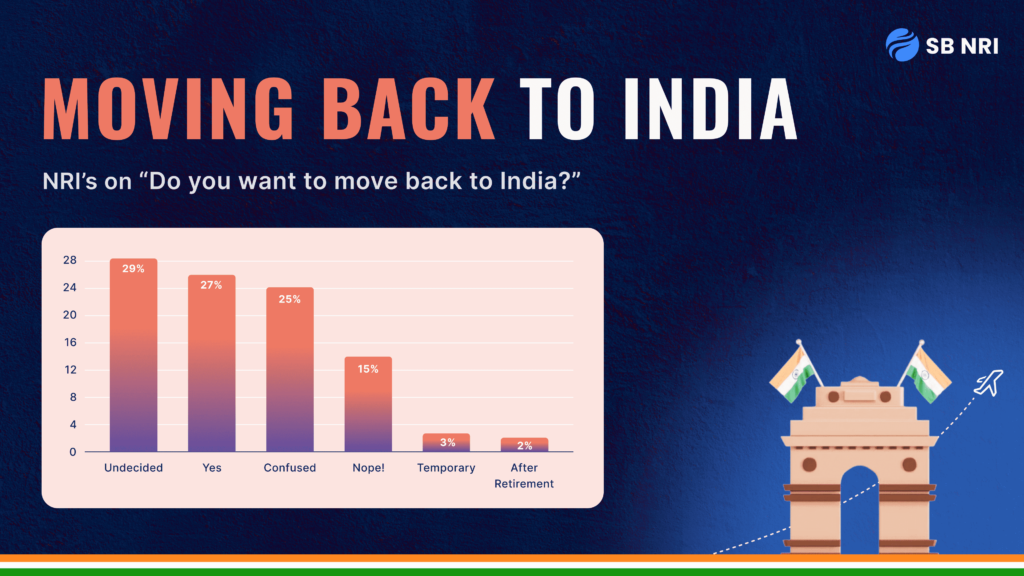
Want to build wealth faster? Who wouldn’t after all. Are we talking about any get-rich-quick scheme? Nope. If you’re looking for some get-rich-quick ideas, stop here. But if you want to know how to build a Rs 1.5 cr portfolio with the rule of 8-4-3 for mutual funds, then this is for you. So how does this work? Let’s understand the mutual fund rule of 8-4-3 for NRIs/OCIs and how to build wealth over time with the power of compounding in this blog.
What is the Rule of 8-4-3 for mutual funds?
The rule of 8-4-3 for mutual funds or 8-4-3 rule of compounding is that if you invest Rs 30,000 monthly into an SIP with a return of 12% per annum, then your portfolio will add Rs 50 lacs in the first 8 years, Rs 50 lacs in the next 4 years to become Rs 1 cr in total value and adds further Rs 50 lacs in the next 3 yrs to reach Rs 1.5 cr. Let us show it in tabular form for ease of understanding:
| Period | Money Add in Portfolio | Portfolio Value |
| First 8 yrs | Rs 50 lacs | Rs 50 lacs |
| Next 4 yrs | Rs 50 lacs | Rs 1 cr |
| Next 3 yrs | Rs 50 lacs | Rs 1.5 cr |
Note: The expected returns are assumed at 12% p.a. In comparison, Nifty alone has given a return of 14% CAGR in the last 10 years and 14.9% CAGR in the last 20 years. The assumption of 12% is likely to be achievable and might exceed when it comes to actual results delivering further increase in portfolio value
Also read: What is the 15x15x15 Rule In Mutual Funds for NRIs?

Breaking down the 8-4-3 Rule in SIP
First 8 yrs:
- When you invest Rs 30,000 into a monthly SIP for the first 8 years with an expected rate of return of 12%, your total investment made over the period will be Rs 28.8 lacs while your portfolio becomes Rs 50 lacs. This lays the foundation for what is to come, showcasing the power of regular contributions coupled with the wonders of compounding.
Next 4 Years:
- Building upon the momentum of the initial 8-year period, the subsequent 4 years witness another remarkable feat. Your portfolio surges by an additional Rs 50 lakhs, becoming Rs 1 cr. The seeds of financial discipline sown in the early years now bear fruit, underscoring the importance of perseverance and patience in the world of investing.
Next 3 Years:
- As the journey progresses, the next 3 years will see the compounding work wonders. Another Rs 50 lakhs will be added to your portfolio, elevating it to a formidable Rs 1.5 crore. The gradual yet consistent growth exemplifies the principle of compounding at its finest, demonstrating how small, consistent efforts yield monumental results over time.
Also read: How to Make 1 Crore in 10 Years by SIP?
Beyond 20 Years:
- But the story doesn’t end here. By the time the 20th year starts, the power of compounding amplifies exponentially. With each passing year, an additional Rs 50 lakhs finds its way into your portfolio, further cementing your financial prosperity. What began as a modest investment becomes a monumental wealth over time helping you realize your financial goals.
Also read: What is the Rule of 72 and How to use it to Double your Wealth?
Wrapping Up
The 8-4-3 rule of mutual funds is simple yet powerful. By following it, investors can confidently navigate the ups and downs of the market, knowing that their dedication will pay off. This rule offers a clear path to financial freedom, reminding us of the importance of consistency, patience, and the magic of compounding. So, as you set out on your journey to wealth, keep these principles in mind—they can turn your dreams of prosperity into a reality.
Also read: 10 Mutual Funds That Doubled Wealth In 5 Years
Looking to Invest in India as NRI/OCI
NRIs can now download the SBNRI App and choose to invest in different NRI mutual fund schemes in India with ease. You can also get detailed investment advice from experts at SBNRI. Also, visit our blog and YouTube channel for more details.
SBNRI is an authorized Mutual Fund Distributor platform & registered with the Association of Mutual Funds in India (AMFI). ARN No. 246671. NRIs willing to invest in mutual funds in India can download the SBNRI App to choose from 2,000+ mutual fund schemes or can connect with the SBNRI wealth team to better understand Mutual Fund investments.
Disclaimer: This blog has been written exclusively for educational purposes. The securities mentioned are only examples and not recommendations. It is based on several secondary sources on the internet and is subject to changes. Please consult an expert before making related decisions. SBNRI does not intend to predict future returns, please read all related documents before investing.
FAQs
What is the 8-4-3 rule in SIP?
The rule of 8-4-3 for mutual funds states that if you invest Rs 30,000 monthly into an SIP with a return of 12% per annum, then your portfolio will add Rs 50 lacs in the first 8 years, Rs 50 lacs in the next 4 years to become Rs 1 cr in total value and adds further Rs 50 lacs in the next 3 yrs to reach Rs 1.5 cr.
Why is 72 the Rule of 72?
The Rule of 72 is a formula used to estimate the number of years it takes for an investment to double in value at a fixed annual rate of return. You can calculate it by dividing 72 by the annual rate of return.
What is the 15 15 15 rule in SIP?
The rule of 15x15x15 states that investing Rs 15000 a month for 15 years at a return of 15% per annum will give you a wealth of Rs 1 crore at the end of 15 years.
What is the golden Rule of 72?
The Rule of 72 is a formula used to estimate the number of years it takes for an investment to double in value at a fixed annual rate of return. You can calculate it by dividing 72 by the annual rate of return.
Can I earn Rs 1 crore from mutual funds?
Yes, you can earn Rs 1 crore from mutual funds by following the rule of 15x15x15. With this rule and the power of compounding you can become a crorepati from mutual funds.
What is compounding?
The term compounding means that the small investments made regularly grow to become a significant amount in the long run.
Can NRIs become crorepati from mutual funds?
Yes, NRIs can invest in various mutual fund schemes in India. If an NRI follows the rule of 15x15x15 and invests Rs 15000 a month in SIP for 15 years with an expected rate of return of 15%, then they will become crorepati after 15 years with a wealth corpus of Rs 1 crore.



